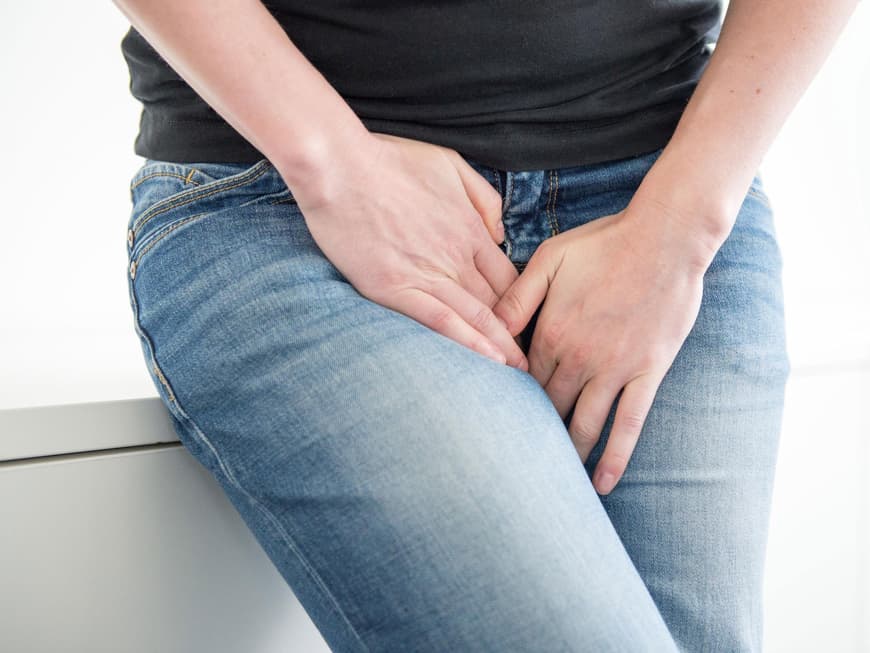
What helps with incontinence?
According to the German Society of Urology, one in three women suffers from uncontrolled urine leakage at least some of the time. The cause of incontinence is usually weak connective tissue. The second most common is urge incontinence, the overactive bladder. A disorder in the central nervous system or inflammation can be the cause.
Hormones or surgery can help
A new treatment approach for stress incontinence is injection with hydrocolloid solution. The doctor injects it into the mucous membrane around the urethra in a ring shape, making it thicker and providing a better seal. Another option: medication with the active ingredient duloxetine ensures that the bladder sphincter functions better. Due to the side effects, they are only suitable for mentally healthy people. If none of this helps, a tape is used to support the urethra during an operation.
Medication or a Botox injection
Anticholinergics have proven effective against urge incontinence. These drugs relax the overactive bladder muscles so that more urine can be stored. Botox injections also immobilize the bladder muscle. Treatment with BTX-A reduces the activity of the bladder muscle in order to improve the urge to urinate and urination at night (nocturia).
